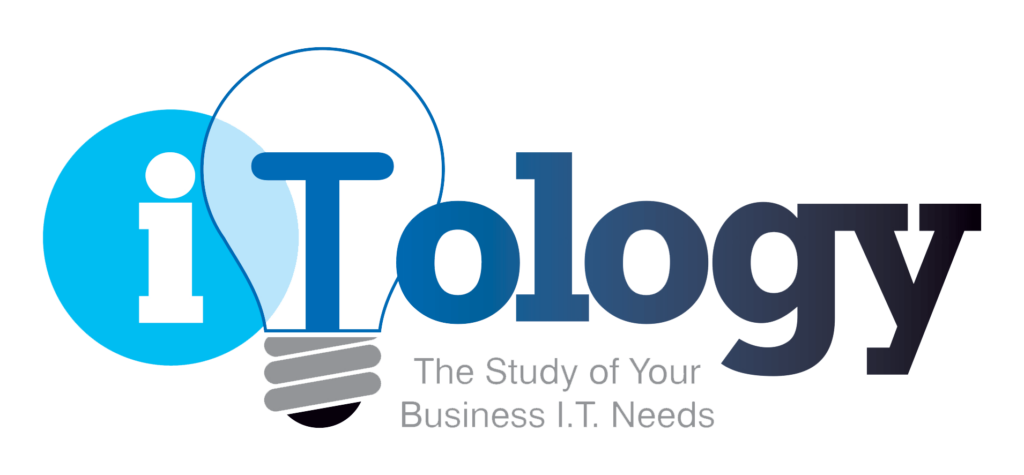How easy is it to tell when you’re experiencing a cyber attack? Are those weird tech glitches due to outdated software, or did someone get inside your systems? When should you just wait it out, and when should you call in your IT team?
Knowing how to tell when something’s up with your cybersecurity is key to eradicating threats early and keeping your tech infrastructure strong. Today, we’re taking a look at a few signs that your systems may be especially vulnerable so you’ll know when it’s time to call in some help from the pros.
What Is a Cybersecurity Service Provider?
A cybersecurity service provider is a tech company that offers outsourced support for organizations seeking to improve their cybersecurity.
They use their knowledge of current trends and threats to run analyses, create personalized strategies, implement advanced protection tools and methods, train employees, and provide continued support to help protect businesses against cyber attacks.
When Should I Call My Cybersecurity Service Provider?
If you notice any signs of current vulnerabilities—or even habits that could put you at higher risk—it’s best to get ahold of your cybersecurity team and make a plan for eradicating issues and strengthening your systems.
1. Suspicious Network Activity
Unexpected upticks in traffic, weird popups, multiple password prompts, and really any out-of-the-ordinary network activity should be investigated by a professional as soon as you notice it. This practice will help you catch breaches early and stay aware of what’s going on in your infrastructure.
2. Unauthorized Access Attempts
Unauthorized access attempts, particularly from unfamiliar accounts, are a red flag that your systems may be compromised. They often indicate that an attacker is actively trying to exploit vulnerabilities or has already gained partial access to your network. It’s essential to address these signs quickly to prevent further attempts and contain any damage that may have already occurred.
3. Increase in Phishing Emails
A surge in phishing emails can be a clear indication that your cybersecurity measures need a revamp. This increase may stem from weak email filtering systems, outdated security software, or compromised credentials leaked from earlier, small-scale breaches. Taking care of this issue quickly is a smart, proactive way to avoid future infiltrations.
4. Unexplainably Slow Systems
Unexplainably slow internet connections or devices could also be a sign of compromise. Malicious software like spyware or malware consumes significant system resources, leading to noticeable sluggishness. If you can’t identify any other reason for the slowdown (bad weather, outdated software, etc.), it’s crucial to launch an investigation to identify any potential breaches.
5. Data Modifications
Unexpected alterations to critical data or database permissions often indicate a serious security breach, such as ransomware. These changes can disrupt operations, lead to huge data leaks, and cause considerable damage, so it’s important to investigate these changes and implement careful protection and monitoring of all data resources.
6. Denied Access to Accounts & Files
Getting locked out of your account or losing access to files is frustrating, but it could also be a sign of a deeper breach. Attackers may have taken over your credentials or manipulated account permissions to block legitimate access. Immediate action, such as resetting passwords and reviewing account activity, is crucial to limit potential damage and regain control.
7. Lack of Employee Awareness
A lack of employee training significantly increases your business’s vulnerability—in fact, over 80% of breaches are attributed to human error. If your employees use weak passwords, don’t know how to identify phishing attacks, or don’t follow other best practices, talk to your provider about setting up training and drills so your team can contribute to your safety rather than your vulnerability.
How Can My Provider Help?
If you notice any of these red flags, get in contact with your cybersecurity service provider ASAP so they can help you identify and mitigate the issue. They’ll likely use a variety of methods to combat the current threat and prepare your systems to be more resilient next time, but here’s a quick overview of some of the most common steps they might take:
- Risk Assessment: Identify vulnerabilities, evaluate potential threats across your systems, and develop personalized measures to strengthen security.
- 24/7 Threat Monitoring: Detect and respond to suspicious activity in real-time, minimizing the impact of potential breaches.
- Network Scanning: Analyze your network for security gaps and unpatched vulnerabilities so you can proactively address potential entry points for attackers.
- Dark Web Monitoring: Confirm that stolen credentials and sensitive information aren’t on the dark web and be alerted when it’s time to update info or strengthen controls.
- Password Management: Create, organize, and securely store strong, unique passwords for each employee to reduce the risk of unauthorized access.
- Advanced Spam Filters: Block malicious emails and phishing attempts before they even reach your team.
- Endpoint Security: Secure devices such as laptops, smartphones, and desktops against malware and other attacks, safeguarding your broader network.
- Employee Training: Train employees on identifying, avoiding, and reporting threats by running drills so they’ll be prepared to combat real attacks.
Stay Ahead of Threats with iTology
In the end, the best time to connect with a reliable cybersecurity service provider is long before you notice any signs of trouble. With iTology, you can prioritize this proactive approach to your security with our consistent support, advanced tools, and customized solutions. Your safety and success will always be our #1 goal. Test how quick our support is, starting with how fast we get back to you—get in touch with us to get started.


